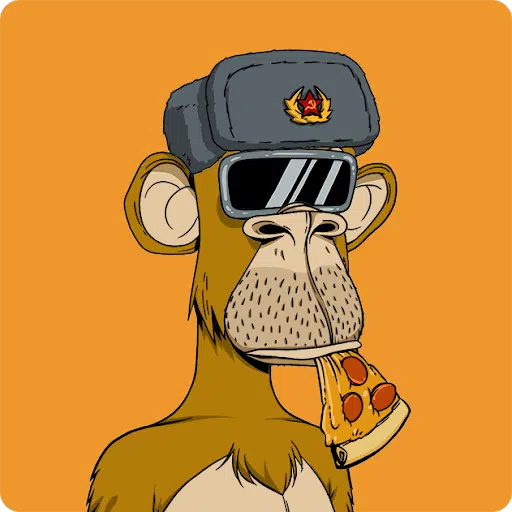
CC Bored Apes Yacht Club
This article is written by Greg Vadney, Executive Director of the Rahr-West Art Museum.
If I asked you to name an artist who created one of the top ten most expensive auction sales of 2021, you’d probably do okay. Picasso was at the top of the list. Van Gogh and Monet were there. Paintings from popular Late-Twentieth Century artists Mark Rothko and Jean-Michel Basquiat were high priced, as they have been for decades. But among the regulars on this high-priced list was the sole living artist, Beeple, whose digital composite NFT ‘”Everydays: The First 5000 Days’ sold on March 11 at Christies Auction House for $69,346,250.
Artwork from the inception of that peculiar human experiment has traditionally been bound by the physical world. An artist creates something tangible. A collector buys that tangible art piece. Perhaps a museum exhibits that tangible painting, or sculpture, or photo. It exists physically as artwork. The most popular trend in visual arts over the past years obliterates this construct, instead favoring a new digital organism that is exciting to some, preposterous to others, and bewildering to most all: The art is digital, and its form is the NFT.
Non-Fungible Tokens (NFTs) are cryptocurrency’s fun cousin. It’s a digital token encrypted with the artist’s signature on the blockchain, which is the shared and immutable digital ledger that enables cryptocurrencies like Bitcoin and Ethereum. This blockchain encryption allows buyers and sellers to verify authenticity and ownership. This grants a digital artwork status as an “original.”
NFT’s are the apex trend of the art world. Artists like Beeple (real name Mike Winklemann) and others have been launched into art fame. Bored Apes Yacht Club, an Ethereum-minted NFT series produced about 11,000 individual images of laconic primate cartoon portraits. Individual ‘Bored Apes’ sell for an average of $330,000 and have benefitted from celebrity collectors such as Jimmy Fallon, Steph Curry, and Eminem. Whether it is for novelty, financial investment, or artistic appreciation, NFTs are art’s hottest thing.
But what is “original” in an art media that can be exactly copied by right-clicking on the image?
This question animates NFT critics, who dismiss the market as a fad driven by ego and uncultured greed. They suspiciously ask how a digital image is artistically valuable if it can be duplicated ad infintum. The only thing that is being bought and sold, from this line of thinking, is the encryption.
The counterargument is that the NFT art market has broken down the traditional industry of buying and selling art, thereby allowing industrious and creative artists more autonomy in selling their work and higher potential value. Some artists, such as Beeple, have benefitted greatly. But as galleries and brokers modify their business models to catch up, the NFT art market continues to saturate. Additionally, the inherent energy waste of creating blockchain turns many off to the NFT craze.
No matter the current challenges to NFTs, it seems increasingly clear that digital art is a major player in the overall visual arts market, and it is not going away. Hundreds of thousands of Non-Fungible Tokens of art will be bought and sold this week on a vast expanse of online auction houses and NFT sites. They represent the latest step in the evolution of the arts – a nonstop evolution through time.











